Although I wouldn’t turn down a nice cup of coffee, nothing can beat a hot and aromatic tea when it comes to relaxation, and dwelling daydreams. By following this German tea ceremony, you can take some time out and concentrate on the pleasure of a wonderful and unique cup of black tea.
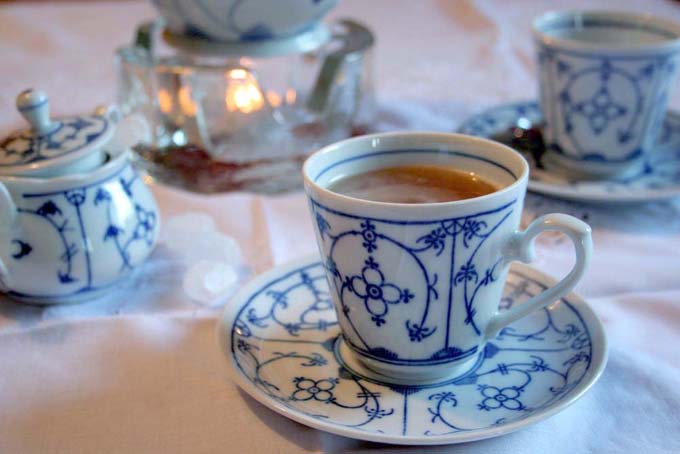
Lots of countries have their very own versions of the traditional tea ceremony. One kind of ritualized tea culture originated thousands of years ago in China. It has also influenced the Koreans and Japanese in developing their own ceremonies.
When the first tea finally came to Europe at the beginning of the 17th century, by ship via the Dutch East India Company, European countries started evolving a tea culture as well. Just think about the British and their globally known teatimes, which they are still famous for today.
But deep within the German North Sea coast where the state of Lower Saxony splits into the mainland and some wonderful islands, the region of East Frisia has a special habit of drinking tea as well. During the 18th century, the pleasure of drinking it spread all over the region.
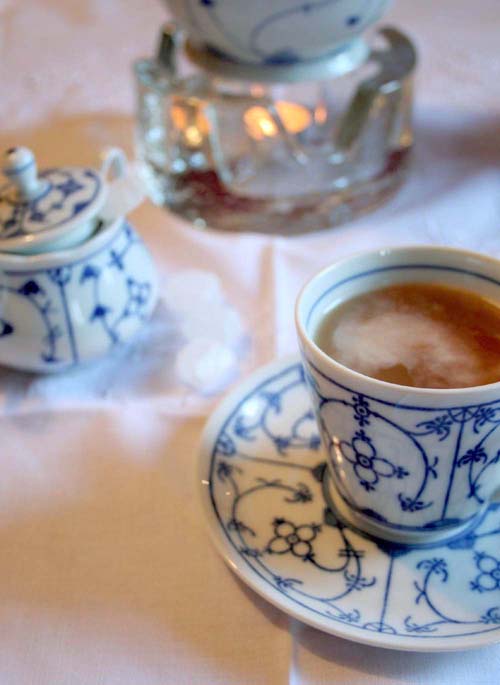
Believe it or not, the Frisians even outdo the British when it comes to drinking the most cups worldwide. According to the German Tea Association, in 0012, approximately 300 liters (which make around 1270 cups) of tea were enjoyed per person.
The East Frisian tea ceremony is not commonly practiced in the rest of Germany, and is indeed more of a local tradition. But once you have experienced it and become a part of it, you will learn to enjoy that certain something about your afternoon drink.
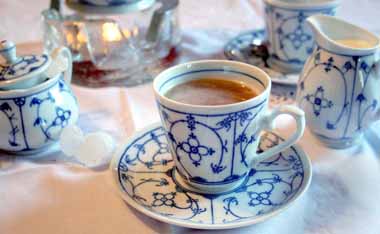
Eventually, many come to realize it’s not about drinking because you’re thirsty, but much more about taking time out and enjoying the sociable but calm atmosphere this special procedure creates.
So what’s the deal with the islanders who drink more tea than anyone else? In any case, tea has always had a high status in East Frisia. Nothing can come between them and their Teetied, which means teatime in a local dialect.
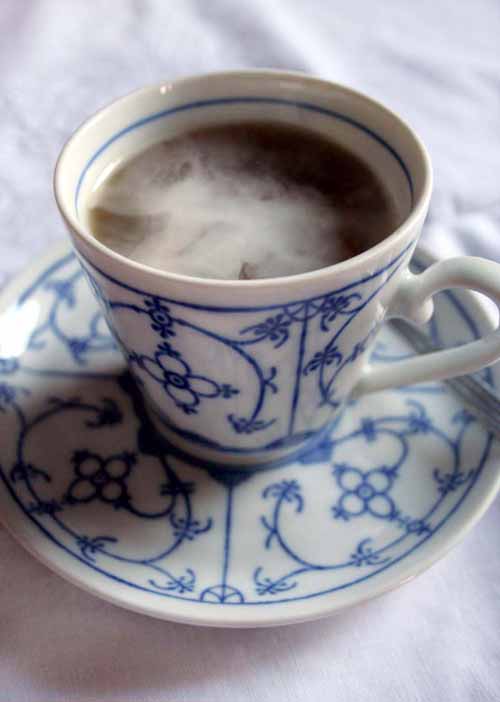
Following the tradition, the main drinking time is 3 o’clock in the afternoon, but you will also find the locals drinking tea at 11 a.m. and sometimes 9 p.m.
However, if you should visit the region and arrive in between these times, you are still sure to be invited to enjoy a cup of tea as a friendly welcome. Be sure to accept at least three cups before declining, as anything less would be considered impolite.
When you have finished your last cup, either turn it upside down onto the saucer, or put your teaspoon into the cup.
Due to their love of tea, special porcelain and utensils have been designed specifically for the ceremony. Cream spoons and sugar tongs particular to the region are two of these products that are still in use today.
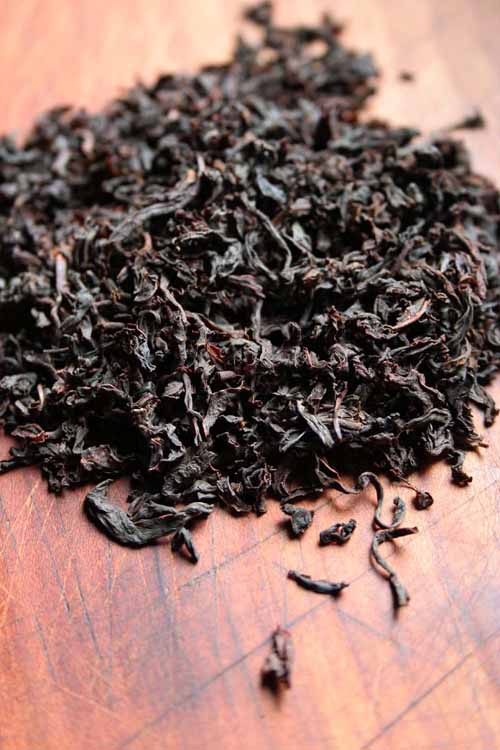
The traditional teapots and cups have a special pattern, too, called Dresmer Blue or East Frisian Rose. Of course, the sort of tea is of prime importance as well. There is a blend called East Frisian tea, which consists of mostly Assam. It has an arousing, strong, and wonderfully aromatic taste.
Traditional East Frisian Tea
The following instructions will introduce you to the ceremonial procedure for preparing the tea. You may boil some water in a kettle and leave it for two minutes before using, rather than allowing it to continue to boil. It is also important not to stir the tea after pouring in the cream.
There is a theory behind this: You should be able to experience all three different flavors the cup offers you.
First, there is the strong black tea, after that the creamy middle part, and at last the sweet sugary bottom that will indulge your senses. This is an important aspect of the procedure.
You’ll need a proper tea kettle and a tea warmer to serve this in the traditional manner. Enjoy it with a few other classic German treats, such as homemade pretzels or tasty yeast dumplings.
You should also make sure to store and organize your tea correctly! Take a look at our review of the top storage containers that will be best for your leaves.
The Recipe
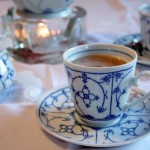
|
|
|

|
The following instructions will introduce you to the ceremonial procedure for preparing the tea. You may boil some water in a kettle and leave it for two minutes before using, rather than allowing it to continue to boil. It is also important not to stir the tea after pouring in the cream.
There is a theory behind this: You should be able to experience the three different flavors the cup offers you. First, there is the strong black tea, after that the creamy middle part, and finally the sweet, sugary bottom that will indulge your senses. This is an important aspect of the procedure.
|
- Loose East Frisian tea blend (or a strong Assam blend)
- Soft water (boiled, then removed from the heat)
- Rock sugar
- cream
- Rinse the teapot with boiling water to heat it up.
- Add the loose tea leaves to the warm pot. As a rough guide, you can add one teaspoon per cup, plus one additional teaspoon “for the pot.”
- Fill the teapot halfway with the water, close the lid, and let the tea brew for about 3-4 minutes.
- Fill the teapot completely with the remaining water and pour the tea into a serving pot with the help of a sieve, to remove the loose leaves. If you own a teapot that already has a fine sieve attached, you do not need to change it.
- Put one piece of rock sugar (or more if you like) into each cup and pour the tea over it. Ideally, you will hear the sugar crackling, which indicates you that your tea is hot enough.
- Add one small pour of cream to your tea. Pour it slowly from the edge of the cup into your tea so that a little “cream cloud” develops. Remember not to stir, and enjoy your teatime.
Photos by Nina-Kristin Isensee, © Ask the Experts, LLC. ALL RIGHTS RESERVED. See our TOS for more details.
About Nina-Kristin Isensee
Nina lives in Iserlohn, Germany and holds an MA in Art History (Medieval and Renaissance Studies). She is currently working as a freelance writer in various fields. She enjoys travel, photography, cooking, and baking. Nina tries to cook from scratch every day when she has the time and enjoys trying out new spices and ingredients, as well as surprising her family with new cake creations.


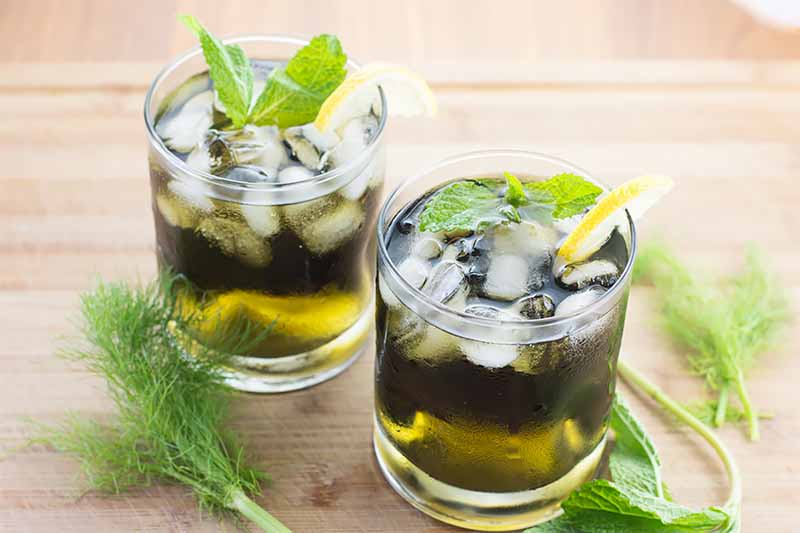
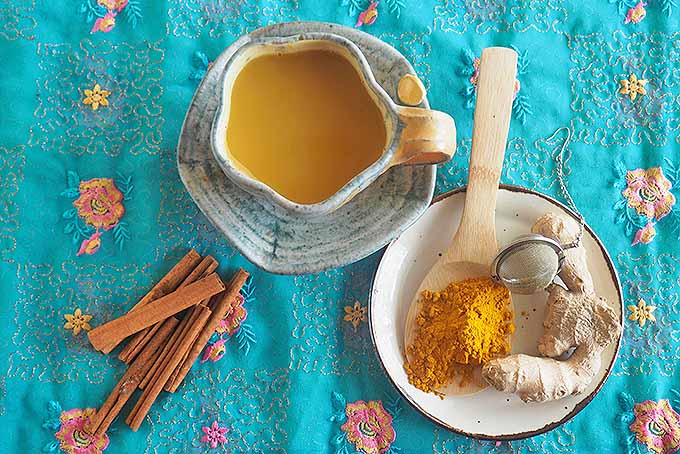
When it comes to tea, I am a big fan. What an interesting ritual and the meaning is absolutely beautiful and so encouraging. Peaceful is always best. I know that in this country using fruit to sweeten tea is all the rage. They do not use sugar…that is such a healthy practice. Hopefully we can get to that level here in the United States when it comes to sweeteners.
That’s right, I think that especially tea works great for relaxation and gainig some distance to our thoughts. This is what seems to combine all the different tea ceremonies worldwide, I suppose. I really like the image this provides 🙂
Wow, this is really interesting! I live in Germany, but I did not know about such a tradition. It reminds me of the Turkish coffee ceremonies from Turkey and the Balkans. Do you happen to know if there are any pastries or sweets traditionally served with this tea ceremony? I would love to invite some friends over and try it out!
That’s funny 😉 I think that traditions like this don’t make their way into other regions of the country, they mostly stay where they come from. On the one hand, it’s nice, because this keeps them special. On the other hand, they would have deserved to be better known elsewhere, too.
Yeah, you can serve some biscuits like shortbread, crispy butter-waffles, or goodies made of puff pastry . Things like that are typical additions, nothing too fancy or extravagant. Some plain, buttery cookies would be perfect 🙂
There is a BBC movie that is part of a series. Deutsch Direkt it is called. I believe the 2nd or 3rd class in the series (on Learning German) is partly about Ostfriesischen Tee drinking. Prost
I found this article to be very interesting. I have always enjoyed tea, but primarily iced with no sugar or milk. However I have always wanted to try a nice European version, with all the fixings. The way the article talks about not stirring after you add milk so that you can taste the three distinct flavors really intrigues me. I will certainly try this.
I was surprised to read that it is an insult if you drink less than 3 cups. Glad to learn of this, as one day I would like to travel to Europe and sip on some delicious brew.
I’m happy that you want to try it out. If you take your time, this will be a nice and relaxing time-out! I hope you enjoy the different flavor nuances inside the cup, that is interesting to discover.
And the drinking of three cups doesn’t necessarily apply to all European tea ceremonies. You will be fine with less cups, too, unless you’re going right to the East Frisian Islands 😉
The minimum of three cups thing is related to the time the Kluntje/sugar rock needs to dissolve in the hot tea. Yes, you use it for multiple cups.
Thank you for this lovely post about the East Frisian tea ceremony. I have not experienced the Frisian tradition– or not knowingly– but I recognize the sociability and civility that I associate with other tea-drinking traditions in my past. My mother’s parents had tea breaks about three times a day and certainly used many of the same rituals– scalding the pot, the loose black tea, and the tea cozy, for example. My grandfather would not drink his tea from a mug or thick-rimmed cup– it had to be served in a bone china cup.
When I was a young married woman it was commonplace to offer guests tea when they dropped in, and to be served tea when visiting yourself. I’m not sure if it is just the culture that I am immersed in now as an older woman, but it is fairly rare to be offered a cup of tea when I visit anyone. Quite often I am not offered anything, or maybe just a glass of water. I do, however, have South African friends who offer me a good old fashioned cuppa when I dine with them, or just drop in for a chat. I have learned to love Rooibos tea, thanks to their hospitality in serving that.
Thank you so much for your comment!
The tea tradition of your grandparents sounds a lot like it would perfectly fit into East Frisia. Drinking it out of mugs isn’t an option, fine, traditional china work only. Last year, when we had to clear my grandparents’ apartment, I saved a pair of two wonderful cups and saucers with a beautiful flower-pattern (a “real” vintage-style) 😉 My grandma had put a little note inside of one of the cups, saying that it’s from 1899! I keep them in my cabinet, because I’m too afraid of using them.. But I suppose they would make the perfect cups for this kind of ceremony.
However, I agree with you about the development of serving tea to guests. It seems to have become less important. Oh, and I love Rooibos, too. Especially, when it’s flavored with some real vanilla, it’s – besides black tea – my favorite!
Hi!
I have to tell you I mostly clicked on this nice article because I have the exact set of teacups and saucers. I live in Hungary and there are many and many second-hand shops with a lot of kitchen utensils from germany and austria.
I like this blue white pattern so much that managed to put together my set from various cups and things I purchased through several years. 🙂
Well, I probably would have clicked it, too, in that case 😉 This is quite a traditional pattern and widely spread among here. Although some might think it is a bit outdated, I like it. It always reminds me of earlier times, because we often used this when I was a kid. That’s what makes it special to me, too.
I happen to have one such teacup and saucer, I live in Canada. Do you know much about the pattern or the maker – Jager appears to be the stamp on the bottom of the cup.
There’s a lot of history in the German pottery world behind the name Jäger. Does your teacup just say Jäger, or Jäger Eisenberg? Does the name stamp appear on its own, or with a crown above it? The name Jäger by itself, both with or without the crown, was used to stamp pottery made in the 1930s and ’40s. In the early ’40s, pieces with other symbols and the date appearing below the name were produced for the German navy.
Based on what I was able to find out, there was a porcelain factory established in 1870 by Ludwig Mehlhorn and Eduard Julius Jäger, but this Jäger was a silent partner so presumably his name would not have appeared on the finished products in any way at the time. They produced porcelain that imitated Meissen’s popular “Zwiebelmunster” or “blue onion” patterns. Another potter named Wilhelm Jäger joined the company in 1911 – perhaps a relation of the other Jäger?
In 1960 the porcelain factories Jäger and Reinecke merged to form the United Porcelain Works, and in 1973 the German Democratic Republic nationalized the company, eventually stopping production in 1989.
Might anyone know how best to create the “cream cloud” properly?
I have tried “pure cream” (ideal for pouring), pouring from a spoon, but it doesn’t form definite clouds and it mixes very quickly. I placed it on the edge of the cup as well, which works better than the centre. I think it is too fluid and needs to be thicker. I have tried “thickened cream” (can be poured but doesn’t really pour very well due to thickness), but it doesn’t form clouds at all due to it being too thick (this simply goes down and comes back up to the surface). I am about to test “light thickened cream”… but does anyone know the exact type of cream I should be using to make ideal clouds for photography and film? Something I can buy in Australia would be great.
Cheers
When I have done this before, we used heavy pouring cream or something and it seemed to work just fine, but I don’t know really.
Hi,
The cream needs to have around 35-40% fat. And it has to be pure cream without carrageenan or other thickeners.
???? I am a heathen and use 10% fat condensed milk, which makes a very pretty cloud.
I love East Frisian and so far it is my all time favorite. With sweetener and cream is best, sometimes with a touch of vanilla. I also have found that not all EF teas are alike. Does anyone know what the blend is that gives it the unique flavor? I thought it might be Darjeeling as it has a hint of floral flavor.
My dear brother-in-law is from Germany. I will have to ask him about this. I vaguely remember him talking about the crackling rock sugar. How fun. Adding to my list of things to do. Thanks for sharing.